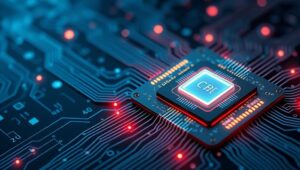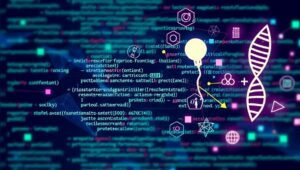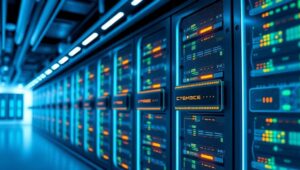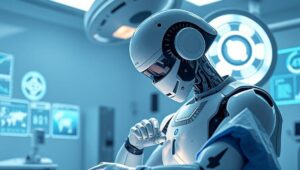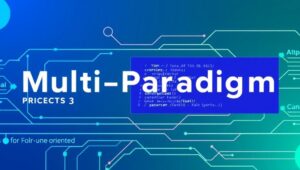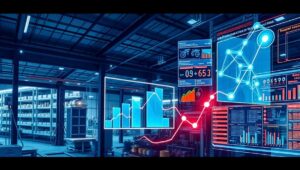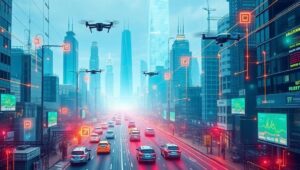The Future of CPU Design: Beyond Moore’s Law (2025 Strategies)
The Future of CPU Design: Beyond Moore’s Law (2025 Strategies) For decades, Moore’s Law has been the guiding principle of CPU development, predicting the doubling of transistors on a microchip every two years. However, as we approach the physical limits of silicon, the future of CPU design demands innovative strategies that go beyond simply shrinking transistors. This article explores the key approaches that will shape CPU architecture in 2025 and beyond. The End of Scaling? Moore’s Law isn’t necessarily ‘dead,’ but its pace has undeniably slowed. The challenges of heat dissipation, quantum tunneling, and manufacturing complexity make it increasingly difficult
